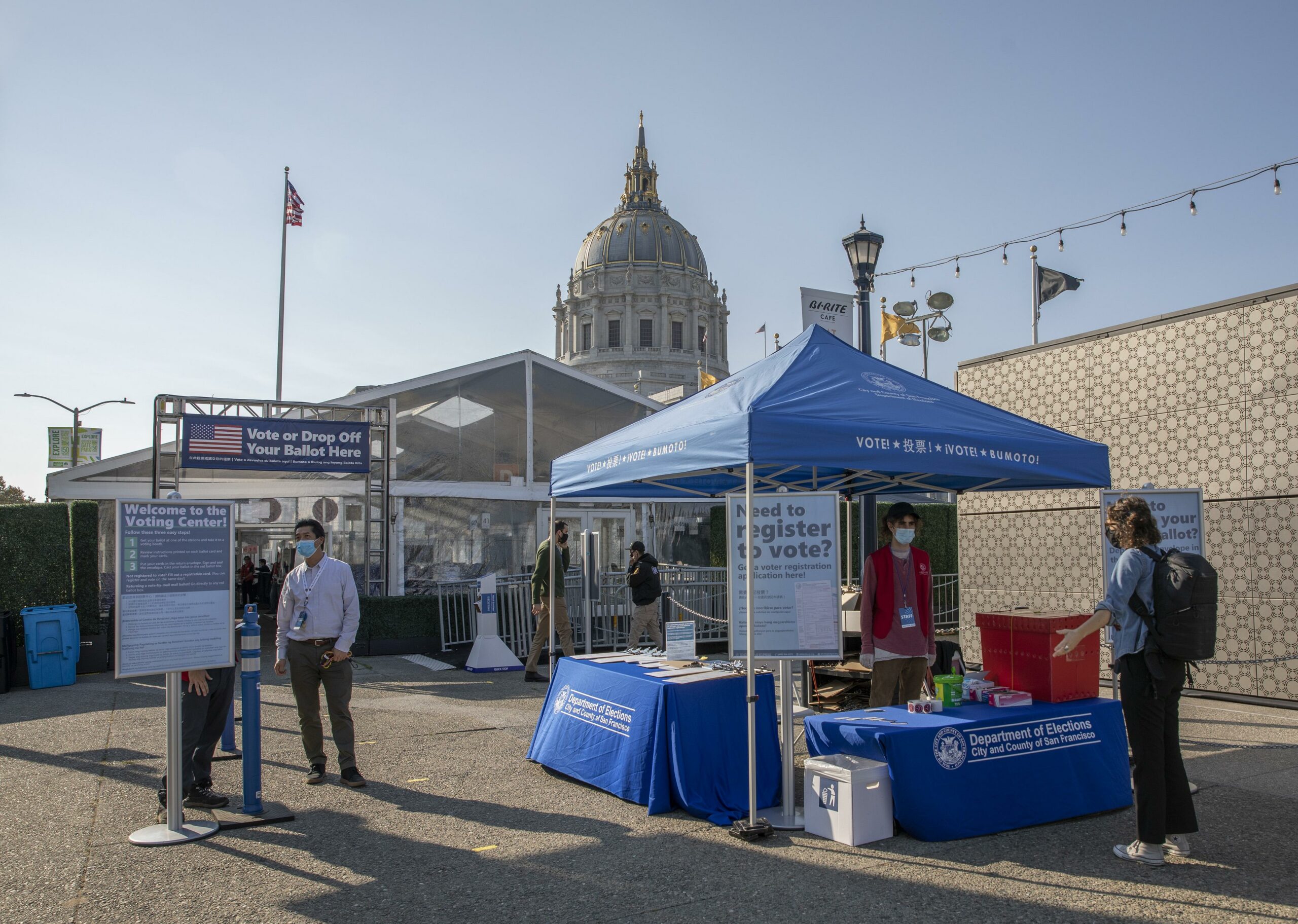The U.S. Census Bureau released a trove of county-level data this week, laying the foundation for a reshuffling of voting districts in San Francisco.
Despite an unusually grueling census period—marked by a once-in-a-century pandemic, and ensuing political battle that cut data collection short—the bureau is “confident that today’s redistricting results will meet our high data quality standards,” said Dr. Ron Jarmin, acting director of the Census Bureau, at a press conference on Thursday.
According to early county-level results, which will be published in full in September, San Francisco’s population trends between 2010 and 2020 were broadly consistent with national trends: Metropolitan areas gained population and largely grew more diverse, while populations in rural areas declined.
San Francisco’s population rose by 8.5% to 873,965 between 2010 and 2020. Among demographic groups, Asian and Hispanic residents saw the largest population increases, while population growth among white residents increased only slightly. The city’s Black population fell by 3.7%, according to the results.
The decennial census is conducted once every ten years, and results can affect the distribution of government funds, as well as the makeup of voting precincts.
That means that San Francisco’s 11 districts—which each elect their own district supervisor—could be redrawn alongside any meaningful shifts in population or community characteristics.
“There are new laws in place that say [counties] need to have public hearings, and to hear from the community at large—in particular, from what they call underrepresented communities,” explained Helen Hutchinson, director at the California League of Women Voters and an expert in redistricting. “Then there are criteria by which they need to draw their new district maps.”
The California Fair Maps Act (AB 849), passed in 2019, set forth a redistricting process that requires public input on those decisions. It also established a set of criteria for redrawing district maps, which include: equal population per district, adherence to the federal Voting Rights Act, and regard for “communities of interest,” among other factors.
Equal population is the overriding consideration in redrawing district boundaries, Hutchinson said.
Communities of interest refer to groups of residents in a contiguous geographic area that share a common interest, whether that be a shared school district, a shared issue or cause, or a specific historical or cultural context.
“The state commissions, and the community-based organizations—both in terms of voting rights and civic engagement—are working really hard to have communities heard at all levels of redistricting,” Hutchinson added.
San Francisco recently assembled a Redistricting Task Force, a citizen commission comprised of nine members appointed by the Mayor, the Board of Supervisors and the Election Commission.
Following the release of census results, the task force conducts a series of meetings and hearings over a period of several months, all with the goal of determining the best way to redraw districts in San Francisco.
Because of COVID, the city’s task force—as well as its state counterpart, the California Citizens Redistricting Commission—will have to work on a tightly compressed schedule this time around. The city task force will convene in the coming weeks, reviewing population trends and community input from various districts.
The census data was released “several months later than planned,” added John Arntz, Director of San Francisco’s Department of Elections.
“This means the state commission on redistricting will likely complete its work in Feb. 2022,” Arntz said in an email. “This late release of data will also compress the time that SF’s task force has to complete its work by its April 15, 2022, deadline set in the [city charter].”
The changing district boundaries could have an impact on future elections, with the redrawn boundaries going into effect next year. Along with a statewide primary election in June 2022, a general election is planned for November 2022 that will include contests for five Supervisorial seats, three Board of Education seats, and other local offices. New federal and statewide districts will apply for the June 2022 election, and newly prepared citywide districts will apply for the November 2022 race.
The late and chaotic rollout of census results this year means that governments and local organizations must work that much harder to get the word out about redistricting, and to ensure that communities—particularly underrepresented communities— have a chance to weigh in, said Hutchinson. The League of Women Voters is one of many organizations holding panels and informational sessions to help educate the public on ways to get involved in redistricting.
“[San Francisco] will have to try as best they can to keep that all together,” added Hutchinson. “That’s the judgment call.”
